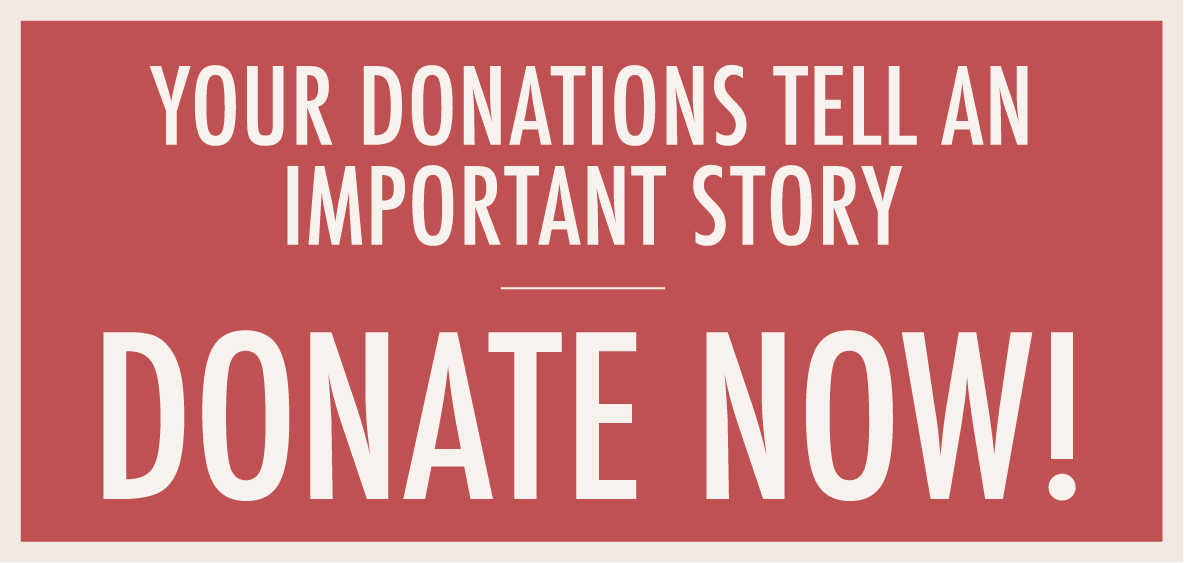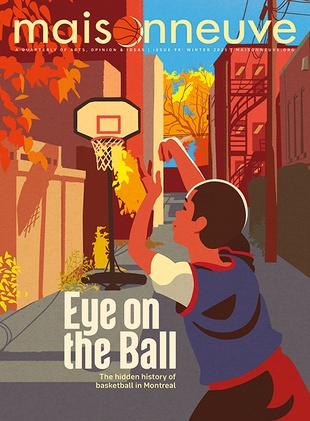What We Cannot See
Christopher Sindt’s <i>the land of give and take</i>
Chapbooks, because they are understood by some to be a step toward publishing a book, are often overlooked. In fact, chapbooks seem to have more negative than positive connotations; they are often associated with vanity presses and starving West Coast poets who peddle them in order to take road trips. The writing is often poor and the binding worse. Were it not, however, for looking into the land of give and take, I would have overlooked the infinite wonder that the finite space of the chapbook, so small and precious, can contain.
the land of give and take
by Christopher Sindt
Momotombo Press, 2002
What scientific theories of creation omit can be salvaged through philosophical pondering, observation, inquiry and, most importantly, wonder. In the land of give and take, Christopher Sindt reminds us that science can only do so much to explain reality. Sindt isn’t concerned with pinpointing the beginnings of the universe or even with why things exist: for Sindt, there is awe that anything should exist at all.
The land of give and take’s leitmotif, which is rooted in every poem either subtly or overtly, is quite simply a tree; however, we are reminded time and time again that every object—even an object as mundane as a cigarette case, as sublime as the Milky Way or as simple as a tree—is never just an object, but a vessel in which something greater resides.
In order to showcase this sentient world, Sindt turns to nature; however, his poems are most successful when he merges the sublime with the mundane. In the title poem, “The Land of Give and Take,” which opens the chapbook, he writes,
If only to turn the inside into the outside,
to show you everything, slice open the cadaver
and say come in,for the cells to beckon the lens of the microscope
comeincomein, occasion yourself
to fluid boundaries,attach yourself to likable surfaces.
If only to unfurl my ever-changing
walls. For you:a pierced nipple, a cigarette case
engraved with god’s initials, something
sacred and something new, fragmentsto a mind everlasting,
seven parts to a carburetor
three parts to an ice maker.No question ever of sex.
Read this with a hint
of holiness: take what’s given:tonight it’s the many-headed traffic
signal flashing
red in bleeding fog.
The reader is warned to “[r]ead this with a hint / of holiness,” as the holy manifests itself alongside the mundane. If God’s initials are engraved on a cigarette case, then too must God in some way claim, stake and inhabit what is visible and also what is invisible (or observable only through a microscope). The cadaver is the visible world; to get inside of things, to “turn the inside into the outside,” is what Sindt accomplishes in the land of give and take; he aims to “show you everything,” because all things—the traffic light, the fog (the fog is alive and bleeds), the carburetor and ice maker, cells and sex, the pierced nipple—are “fragments / to a mind everlasting.”
The crux of these poems is not only that the holy arrives in fragments, but that the holy is enclosed and hidden, and not every being is willing to brave the microscopic view or be the hand responsible for the violence of the knife slicing open what is encased. At times, it is difficult to ascertain whether the narrator of these poems is addressing a lover, a flower or some luminous other, and this ambiguity works to further the idea of connectedness. Because we are creatures of desire, we are (according to Sindt) given human form, and the trouble with any form is its boundaries and limitations. When we are fragments (lost twigs, broken branches or fallen leaves, reminiscent of Dante’s suicides), we desire to be whole again, to meld once more with what birthed us.
In “Holey Sonnet,” the visible world begins to crumble, due to what we cannot see. The sonnet itself is disjointed, disrupted, full of white space. It is prefaced with an epigraph by Robert Creeley: “There is / an infinite emptiness / placed there.” If to get under the skin and surfaces of things requires a knifing violence, then this poem has the victim against the wall:
The surgeon drills a hole in the cranium to remove the
tumor shining fluorescence in, tracing the journey in
his head along synapses to possible feeling.
The body had to be cut into sections, then planed away in
wafer-thin increments.
In this poem, what we cannot see, such as cancer, kills slowly; what we cannot understand must be studied, cut, categorized. At the end of the poem, the narrator is being eaten away by electrons, which are being emitted from a computer screen. The narrator admits to having counted 500 electrons without the use of an electron microscope. (An electron microscope would not have been of much use, as it does not allow one to glimpse electrons, but rather emits them in order to provide the microscopic view.) This seems to suggest that although seemingly unseen, one can, through some sort of other way of seeing, perceive the invisible universe.
Is one able to go through hell, or an invisible paradise, as Sindt does, and survive? The last poem answers with its title, “Not Sure: Sure,” which ends, “we would miss / this lovely grammar / except for the letters I’ve found there.”
Letters are authored, and so are the branches, the many beings, the cells and DNA, the electrons and galaxies, and the sand and rocks that comprise the land of give and take. Everything is imbued with significance, and we must hark back to “Five Questions for the King of Beside,” for the final question:
Are you waiting to be invited into the significance?
No, it’s not for me it’s because of me.
Living in the land of give and take, where the creator is ready to wink at one if one is willing to probe deeply enough, seems lovely and promising, but the downfall is revealed in the title poem—which cautions, “What you take is the sorrow / what you give the alibi”—and in “The Borders”:
You wonder
about the beginning, how
I recall the birthof my own being—
It was good, and
there was suffering there.
There isn’t mere happiness and beauty, but strife as well, as the speaker is aware of the Thanatos and Eros rule of movement and change. In his attempts to reconcile the fragmented nature of our empirical world and our seemingly alienated souls, Sindt reminds us of the “world of undivided light”: to touch a body or the bark of a tree in this life is to touch a god in the other—just beneath, right beside this one.
Jenny Boully is a renowned young poet and critic based in New York. Moveable Type appears every other Sunday.





